Nanoparticles have been used in a variety of biological applications, including antibacterial agents
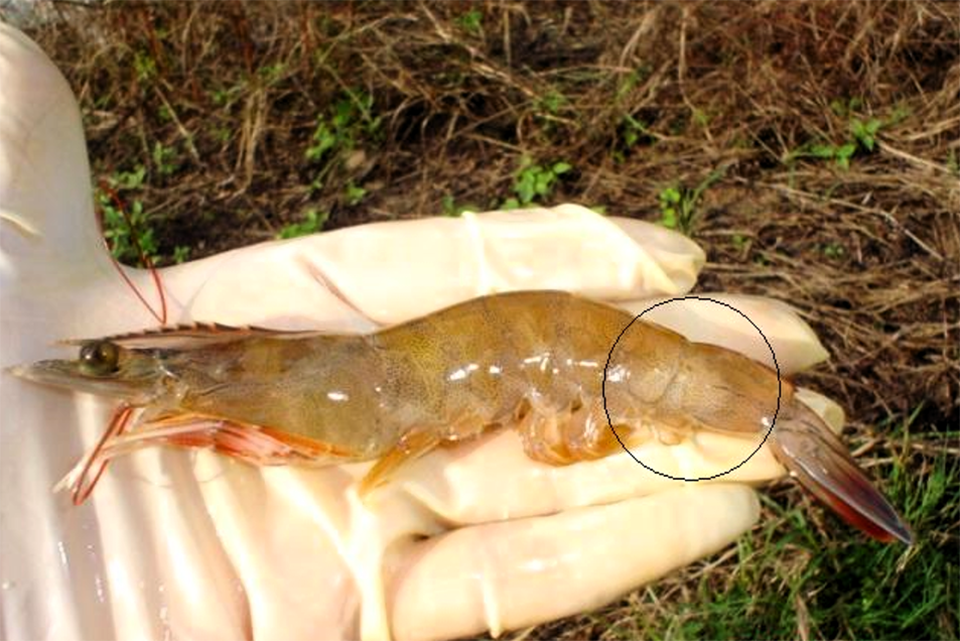
Vibriosis is one of the most common diseases in marine aquaculture, caused by bacteria belonging to the genus Vibrio. It is a dangerous epizootic disease that affects both wild and farmed marine species all over the world. The rapid expansion of the aquaculture industry has resulted in the spread of vibriosis, which causes significant losses to the aquaculture industry globally. Antibiotics are currently one of the most extensively utilized treatments for vibriosis in aquaculture. However, uncontrolled use of antibiotics has resulted in an increase in resistant bacteria.
Alternative treatments for vibriosis such as vaccination have shown significant positive effects; however, vaccination can sometimes be not cost-effective due to the high labor costs that result from the repeated or frequent administration of vaccines through injection. Probiotics have been used as alternatives, but the major hurdle lies in the unknown concentration of probiotics that need to be administered for them to be deemed efficacious. The administration of probiotics could also lead to the addition of unnecessary bacteria to the pool of pre-existing bacteria in the animals, which could trigger bacterial poisoning that could exacerbate organ failure and death. New alternatives against vibriosis include the application of nanotechnology.
This article – summarized from the original publication – (Sem, N.A.D. et al. 2023. Management and Mitigation of Vibriosis in Aquaculture: Nanoparticles as Promising Alternatives. Int. J. Mol. Sci. 2023, 24(16), 12542) – reviews published studies on vibriosis and the application of nanoparticles in aquaculture.
Nanoparticles
Nanotechnology is one of the fastest-growing innovations in science and technology in recent years, and it has resulted in enormous development. Nanoparticles are tiny materials with a range of 1 to 100 nm in size, which exhibit a large surface-area-to-volume ratio. The large surface area of nanoparticles makes them suitable for various applications, such as biomedical, drug delivery, optical, and electronic. Nano-sized particles have unique physical and chemical properties and are becoming increasingly important materials in the creation of new nanodevices for a variety of biological applications.
The attraction of these nanoparticles for biological applications arises from their important and distinct characteristics, such as their substantially higher surface-to-mass ratio than other particles, their quantum properties, and their ability to absorb and transport other compounds. Nanoparticles have a huge surface area that allows them to bind, absorb, and transport other molecules like medicines, probes, and proteins.
Nanoparticles, as a fresh and innovative technique, have a wide range of applications and huge potential in aquaculture. Nanoparticles have recently been discovered to have potential in the prevention of microbial growth. Treatment with nanoparticles has been shown to efficiently reduce most bacterial infections, with the risk of bacterial resistance being minimal. Antimicrobial properties are one of the most common uses for nanoparticles. Although nanoparticles were found to inhibit Vibrio spp. effectively, their toxicity to aquatic organisms must be evaluated. The study of nanoparticles in aquatic organisms is still lacking. Extensive research will be needed into the risk of accumulation in animals as well as the economic sustainability of large-scale production and application.
Silver nanoparticles
Silver nanoparticles (AgNPs) have risen in popularity as one of the most successful nanoparticles in a variety of sectors, displaying the greatest achievement as antibacterial agents. In one study, researchers examined the inhibitory efficacy of green synthesized AgNPs from Calotropis gigantea leaf extract against pathogenic V. alginolyticus, and results showed the number of colonies of V. alginolyticus was successfully reduced by increasing AgNP concentrations.
At 5 micrograms/mL of AgNP concentration, the number of colonies decreased, and at 20 micrograms/mL of AgNP concentration, V. alginolyticus was completely inhibited. Also, treatment with AgNPs effectively controlled V. alginolyticus in brine shrimp, with reports that infected Artemia cultures treated with AgNPs (10 micrograms/mL) had a higher survival rate than those not treated with AgNPs.
In another study, the antibacterial properties of AgNPs of two different sizes (16.62 and 22.22 nm) were tested against V. harveyi. Results showed that smaller AgNPs had greater antibacterial activity against the bacterium than larger nanoparticles. These findings demonstrate that AgNPs have potential as antibacterial agents for reducing bacteria growth in farmed species.
Other researchers reported that V. parahaemolyticus and Salmonella typhimurium were inhibited by AgNPs with minimum inhibitory concentrations (MICs) of 3.12 and 12.5 micrograms per mL, respectively. Scanning electron microscopy examination revealed that the AgNPs caused structural and morphological alterations, as well as disrupting the membrane integrity of bacteria. The nanoparticles’ positive surface charge is electrostatically bound to the cell membrane’s negative charge, promoting the membrane adhesion of the nanoparticles. An obvious morphological change occurred as a result of the interaction, which was further characterized by cytoplasmic shrinkage and cell membrane disruption.
Gold nanoparticles
Among the most stable and promising metal particles are gold nanoparticles (AuNP). Due to their great biocompatibility and benign nature, AuNPs have recently attracted much attention. The protective potential of orally administered AuNPs against V. parahaemolyticus in Pacific white shrimp was investigated. AuNPs were given to shrimp in single doses of 0.2, 2, and 20 micrograms per gram of feed. The AuNPs at 2 micrograms per gram successfully reduced the histopathological damage and enhanced survival (80 percent) in shrimp challenged with V. parahaemolyticus. The administration of AuNPs in shrimp did not produce any deaths or symptoms of toxicity.
Other researchers reported that the green synthesis of AuNPs from marine red alga Acanthophora spicifera showed antibacterial activity against V. harveyi and Staphylococcus aureus. The biosynthesized As-AuNPs at various concentrations of 25, 50, 75 and 100 micrograms per mL were more effective against V. harveyi than against S. aureus in terms of antibacterial activity. Bacteria treated with the highest concentration of As-AuNPs (100 micrograms per mL) showed a significant increase in protein leakage activity.
In another study, marine polysaccharide fucoidan from Fucus vesiculosus was used to synthesize gold nanoparticles (Fu-AuNPs) and the antibacterial efficacy was further evaluated against Aeromonas hydrophila in tilapia. At 100 micrograms per mL, this synthesized gold nanoparticle displayed a significantly better antibacterial effect against A. hydrophila compared with the commercial antibiotic chloramphenicol. The mortality rate of infected fish that received treatment with this nanoparticle was significantly lower compared with untreated infected fish.
AuNPs were able to enhance antibacterial effects when combined with antibiotics. It was reported that cefotaxime-loaded gold nanoparticles (C-AuNPs) had stronger antibacterial properties than free cefotaxime and AuNPs. This was attributed to the fact that the AuNPs included a considerable amount of cefotaxime, which was easily absorbed by bacteria and was not subjected to extensive degradation by bacterial enzymes. The antibacterial effect of AuNPs may have resulted from their ability to damage the bacterial DNA, most likely by direct contact and by preventing unwinding during transcription.
Other nanoparticles
Among the gold, silver, palladium, tungsten and other transition metal nanoparticles under research, copper nanoparticles are the least expensive. Researchers reported that
synthesized copper nanoparticles (CuNPs) showed strong antibacterial action against several vibrios, including against V. harveyi, V. parahaemolyticus and V. vulnificus, and that CuNP could be a suitable candidate treatment for Vibriosis in aquaculture.
In other in vitro and in vivo studies, scientists investigated the effects of CuNPs on various pathogenic bacteria, and results showed significantly increased survival rate of Artemia salina against A. hydrophila, V. alginolyticus and V. parahaemolyticus, demonstrating the non-toxic action of CuNPs with a 100 percent survival rate. A possible mechanism for copper oxide nanoparticles’ mode of action against E. coli has been suggested by other studies. Other researchers reported that copper oxide nanoparticles are absorbed onto the cell surface, degrading the cell wall, and ultimately damaging the cell membrane, leading to increased cell membrane permeability and reducing bacterial viability in copper oxide solution.
Zinc oxide (ZnO) is a semiconductor with unique qualities including a strong excitation binding energy and a broad band gap, which has sparked a lot of interest and found use in multiple applications such as gas sensors, biosensors, photocatalysts, solar cells, and antibacterial agents. ZnO is a nanomaterial that has been approved by the U.S. Food and Drug Administration (FDA) and is generally regarded as safe, effective, and non-toxic at low concentrations. Various studies have shown significant antibacterial efficacy activity of ZnO against V. harveyi, V. parahaemolyticus and other bacteria.
Perspectives
The aquaculture industry is constantly challenged with vibriosis because of Vibrio heterogeneity and adaptive abilities, as well as its abundant presence in the marine environment. Antibiotics, vaccinations, probiotics, and phytotherapy that are now accessible have their own weaknesses. Therefore, the development of new effective therapeutic and preventive measures for vibriosis should be prioritized. Traditional aquaculture techniques offer an opportunity for nanotechnology research and development.
Nanoparticles have been used in a variety of biological applications, including antibacterial agents, and there is a possibility of using nanoparticles to control disease in aquatic organisms. There could be valuable potential for using nanoparticles as antibacterial drugs in the long term as the nanoparticles impose various simultaneous mechanisms of action against bacteria, making it difficult for bacteria to acquire resistance.
Although nanoparticles have been used for various applications, some issues arise in the use of nanoparticles. The application of nanoparticles is limited due to their toxicity, stability, and safety and there are some concerns over the impact of nanoparticles on human health and the environment, as workers in the nanotechnology industry are more likely to be exposed to nanoparticles during the production, transportation, and application of materials. As nanoparticle applications thrive in myriad industries, there are higher risks of skin exposure to nanoparticles, inhalation, and ingestion, which could lead to these nanoparticles reaching the bloodstream, with unknown adverse effects on vital organs. Further research is needed.
Now that you've reached the end of the article ...
… please consider supporting GSA’s mission to advance responsible seafood practices through education, advocacy and third-party assurances. The Advocate aims to document the evolution of responsible seafood practices and share the expansive knowledge of our vast network of contributors.
By becoming a Global Seafood Alliance member, you’re ensuring that all of the pre-competitive work we do through member benefits, resources and events can continue. Individual membership costs just $50 a year.
Not a GSA member? Join us.
Author
-
Suhaili Shamsi, Ph.D.
Corresponding author
Department of Biochemistry, Faculty of Biotechnology and Biomolecular Sciences, Universiti Putra Malaysia, Serdang 43400, Malaysia
Tagged With
Related Posts
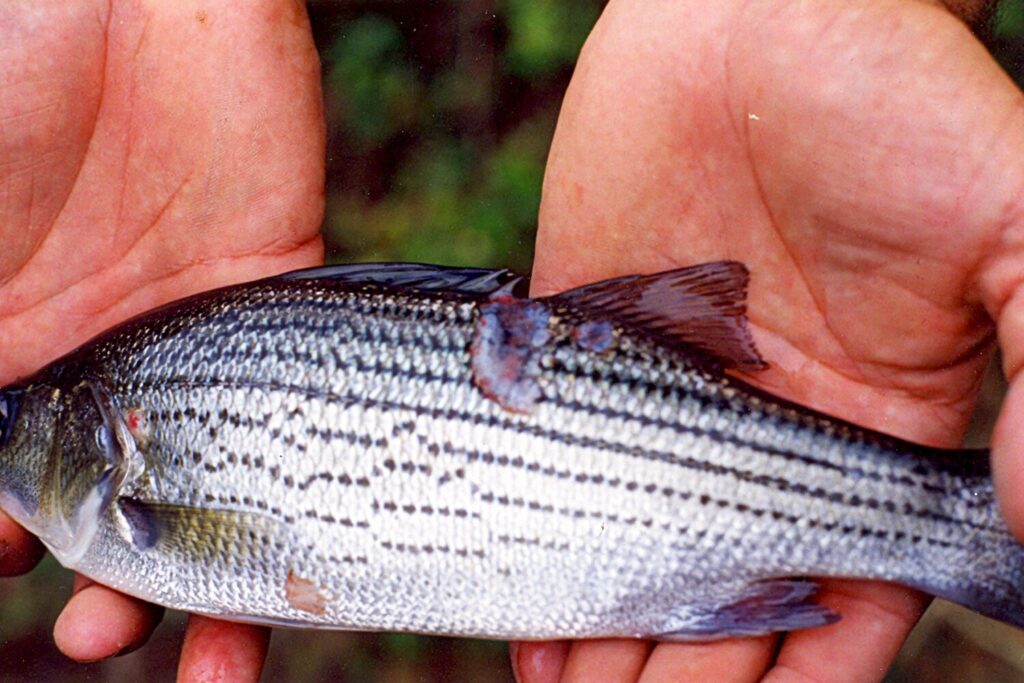
Health & Welfare
Antimicrobial photodynamic therapy, or aPDT, for potential management of pathogenic bacteria in aquaculture
Emerging aPDT technology can inactivate pathogenic bacteria with potential uses in aquaculture for surfaces, equipment and water disinfection.
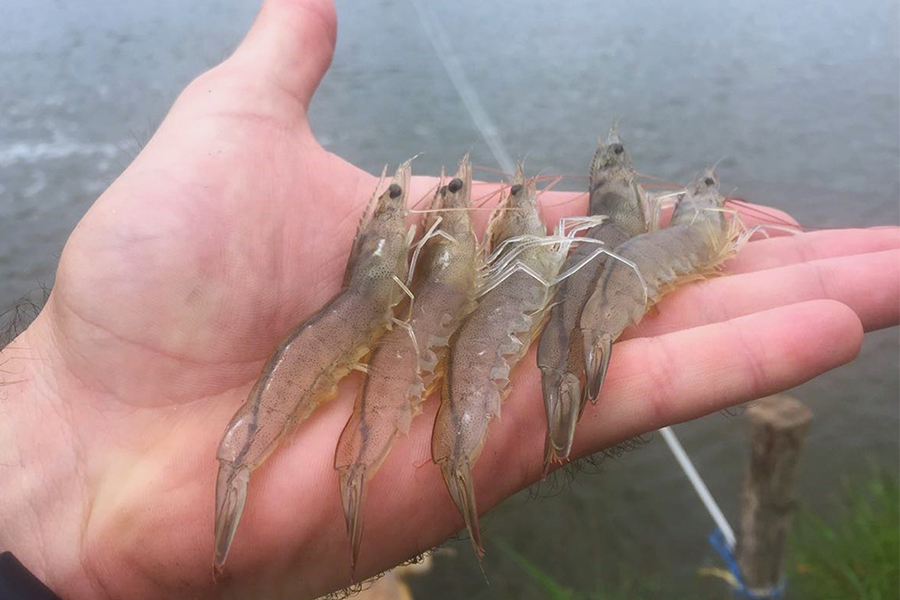
Health & Welfare
How RNAi-based therapies combat viral shrimp diseases
By precisely targeting viral pathogens, RNAi has the potential to provide an environmentally friendly solution to combatting viral shrimp diseases.
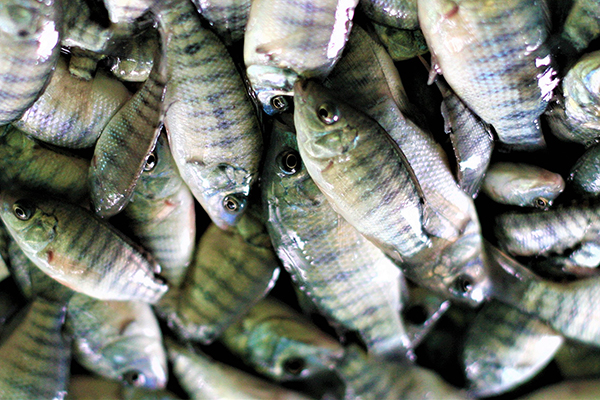
Aquafeeds
How does nanoselenium supplementation impact Nile tilapia?
Nanoselenium supplementation increased its bioavailability and improved overall growth as well as the omega-3 fatty acid content of tilapia.
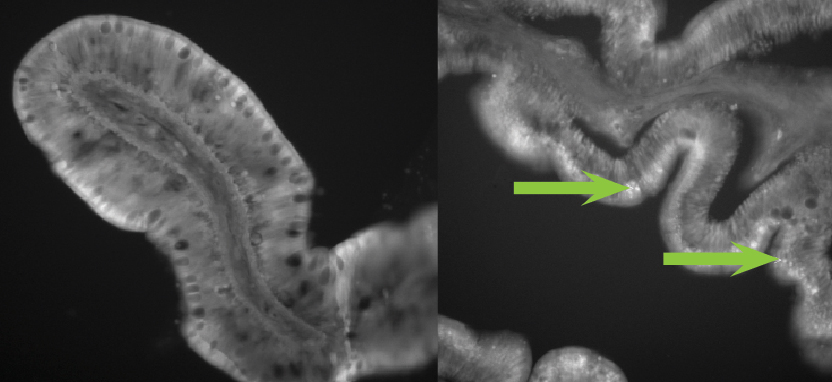
Health & Welfare
Study: Oral method vaccinates rainbow trout against IHNV
Working on a system for oral delivery of IHNV vaccine via fish feed, researchers' goal is to adapt a proven oral DNA-based vaccine given to salmon in Canada to rainbow trout through encapsulation with a polymer or liposome.



